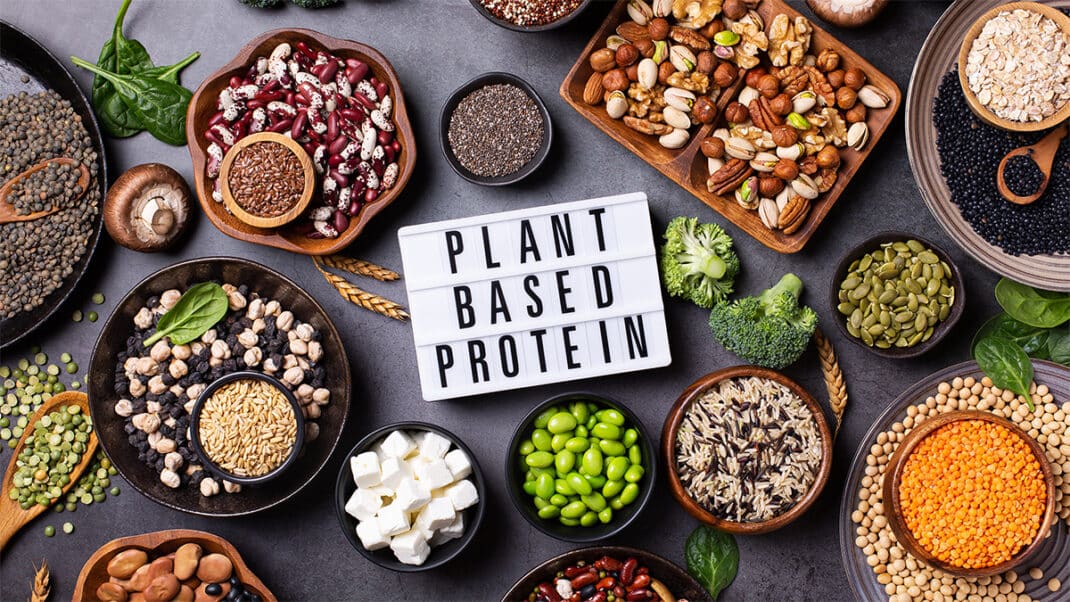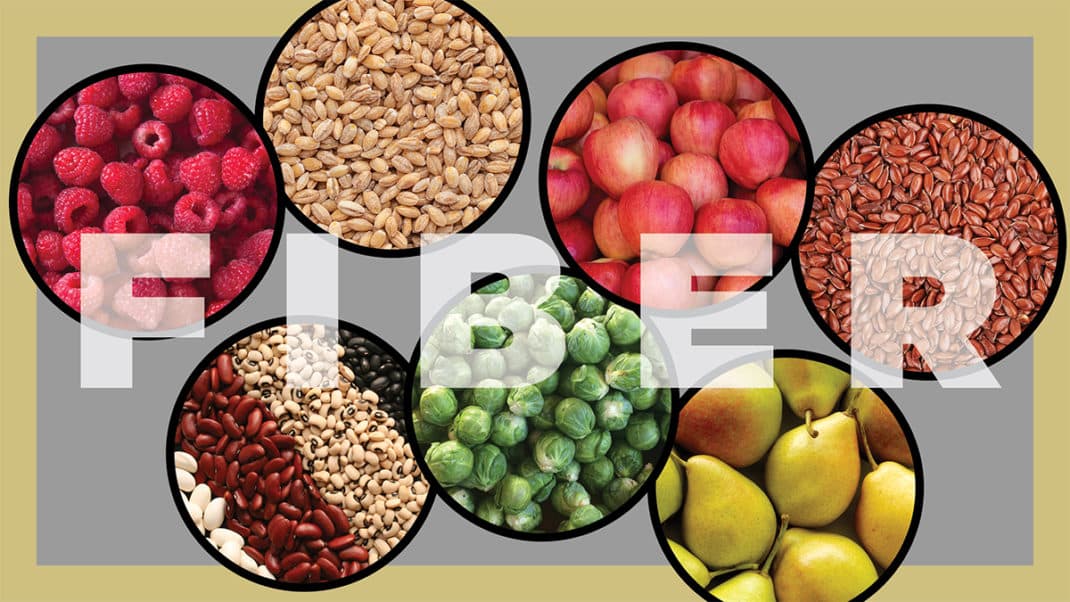pears

In one of the earliest written references to pears, Homer waxed poetic in The Odyssey, calling them “gifts from the gods.” If you’ve eaten any variety of this fruit at peak ripeness, you well understand his homage. Pears, Pyrus communis, are a relative of the apple and rank with their close cousins as one of the most popular fruits in the United Staes.
Facts. The first pears arrived in Colonial America with European settlers in the 17th century, and several references say the first pear tree was planted by them in 1620. Pears can be eaten and used in many of the same ways as apples. One distinct feature of the pear besides the shape is the soft texture. There are more than 3,000 known varieties in the world, with U.S. production occurring primarily in the Northwestern states, plus New York, Pennsylvania, Michigan and California. Imports come from South America, Canada, New Zealand and South Africa.
Varieties. The most commonly found varieties of pear in the U.S. are Anjou, Bartlett, Bosc, Comice, Forelle and Seckel. These fruits have a sweet, rich flavor and come in a variety of colors, including green, golden yellow and red. There are only subtle differences in flavor and texture among these.
Nutritional Value. Pears have no cholesterol, sodium or saturated fat. They are nutrient dense and naturally sweet, especially when ripe. Fresh pears are long on dietary fiber, potassium and vitamin C.
Selecting. Look for fruit with smooth, unblemished skin. Avoid pears with bruises or cuts and dark brown spots. Purchase pears while slightly “green,” as they ripen more rapidly off the tree. Ripe pears will yield slightly to gentle pressure at the stem end. If you plan to bake pears, select fairly firm fruit.
Storing and Eating. When ripe and ready to eat, pears have a seductive perfume and a honeyed flavor. If they are unripe, place them in a paper bag at room temperature for 2–3 days or store them in a ventilated fruit bowl in a cool, dark place; refrigerate or eat soon after they ripen. Ripe pears can be stored in the refrigerator in a plastic bag up to 3 days. There’s no need to peel a pear. The tender, edible skin is an additional source of fiber. Wash before eating, and consider buying only organic pears, as this fruit is among the top 20 fruits with the most pesticide residue.
Toss chopped pears into a chicken, tuna, green, fruit or cottage cheese salad. When roasting vegetables, add pear slices to the vegetable mix for a sweet note. Try using pear slices on your next grilled chicken sandwich. Poach them in sweet wine with spices for an elegant dessert. See this month’s “Recipe for Health” for an additional idea on using pears.
Sandy Todd Webster
For 22 years, Sandy Todd Webster was the chief architect of IDEA's content program - including the award-winning IDEA FITNESS JOURNAL and IDEA FOOD & NUTRITION TIPS - the industry's leading resources for fitness, wellness and nutrition professionals worldwide. She created, launched and nurtured these brands and many others during her productive and purposeful IDEA tenure. Sandy is a Rouxbe-certified professional plant-based cook and a Precision Nutrition Level 1 Coach who is pursuing a Master's degree in Sustainable Food Systems through The Culinary Institute of America (expected August 2024). She plans to combine these passions with her content expertise to continue inspiring others to make the world a more just, healthy and regenerative place.






